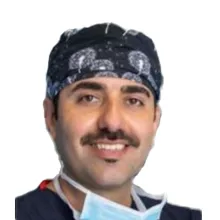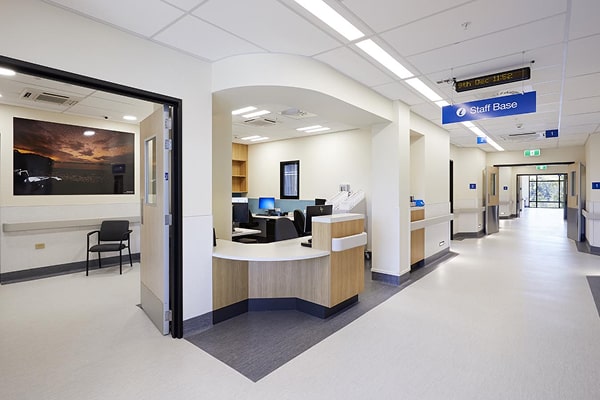Bunion Surgery: An Effective Treatment for Your Foot Problems
Bunion surgery, also known as hallux valgus correction surgery, is one of the most common and effective treatments for individuals experiencing foot problems due to abnormal changes in the bones and joints, particularly in the area of the big toe (specifically bunion deformities). This surgery is designed to correct the shape and positioning of the big toe, helping individuals resume their daily activities without pain or limitations. In this article, we will provide a comprehensive overview of bunion surgery, its benefits, the treatment process, and how the surgery is performed.
What is a Bunion?
A bunion refers to an abnormal change in the shape of the big toe joint, where the bones and joints shift, causing the big toe to deviate outward. This condition can lead to severe pain, walking difficulties, and damage to other toes. Bunions often develop due to continuous pressure on the big toe area and can be caused by various factors, including heredity, wearing improper footwear, previous injuries, or joint diseases such as arthritis.
Why is Bunion Surgery Necessary?
In cases where the bunion deformity causes persistent pain, limited movement, joint damage, or negatively impacts the quality of life, surgery becomes an effective and necessary treatment option. This surgery not only helps relieve pain but also improves the natural function of the foot and corrects its appearance. Additionally, bunion surgery prevents the condition from worsening and helps avoid further damage to the joints.
Benefits of Bunion Surgery
- Pain Relief: Bunion surgery effectively reduces or eliminates pain in the big toe area.
- Improved Foot Function: The surgery restores the natural movement of the toes and resolves mobility issues.
- Improved Appearance: Bunion surgery returns the appearance of the toes to their natural state, solving cosmetic concerns.
- Prevention of Future Problems: Surgery helps prevent the progression of the deformity and further joint damage.
Bunion Surgery Treatment Process
- Initial Assessment and Consultation:
Before performing any surgery, the orthopedic surgeon conducts a thorough examination of the patient’s foot and toes. In this stage, imaging techniques such as X-rays may be used for a more detailed assessment of the bunion. The doctor will also discuss the available treatment options and whether surgery is necessary. - Choosing the Right Surgical Method:
Based on the severity of the bunion and the patient’s overall condition, the surgeon will choose the most appropriate surgical method. Various techniques are available, including open surgery, laser surgery, or minimally invasive surgery. In some cases, only a portion of the bones and joints may be corrected, while in more complex cases, the surgery may involve a complete reconstruction of the big toe joint. - Surgical Procedure:
Bunion surgery is typically performed under general anesthesia or local anesthesia, depending on the patient’s needs. The surgery usually takes 30 minutes to 1 hour, depending on the complexity of the procedure. During the surgery, the surgeon carefully realigns the bones and joints, using screws, pins, or plates to stabilize the bones when necessary. - Post-Operative Care:
After the surgery, the patient will be monitored for a short period in the hospital and can usually return home within 24 to 48 hours. Patients are advised to wear specialized footwear and avoid placing excessive pressure on the foot during the recovery period. - Return to Daily Activities:
Recovery time varies depending on the type of surgery performed, but generally, patients can return to their regular activities after 4 to 6 weeks. During this time, physiotherapy can aid in improving movement and strengthening the foot muscles.
General Features of Bunion Surgery
- Type of Treatment: Corrective bunion surgery using advanced techniques.
- Anesthesia: Local anesthesia or general anesthesia (depending on the patient’s needs).
- Surgery Duration: 30 minutes to 1 hour.
- Recovery: Typically 4 to 6 weeks for returning to regular activities.
- Success Rate: Over 90% in most cases.
- Outcomes: Pain relief, restoration of natural foot function, improved appearance, and correction of the big toe deformity.
Benefits of Bunion Surgery in Iran
- Specialized and Experienced Surgeons:
Iranian orthopedic surgeons are highly skilled in bunion surgery and use advanced, precise methods for treatment. Many Iranian surgeons have trained at top universities and hospitals worldwide and are capable of performing complex surgeries. - Modern Medical Equipment:
Iran is known for using advanced medical equipment and state-of-the-art technologies in surgeries. This includes advanced imaging devices, surgical lasers, and precision tools that enable surgeons to perform minimally invasive surgeries with high accuracy. - Affordable Costs:
The cost of bunion surgery in Iran is significantly lower compared to many European and American countries, while the quality of medical services and surgical outcomes is comparable to that of advanced countries. - CCKaam Medical Tourism Services:
CCKaam, as a medical tourism service company, facilitates the entire treatment process for international patients. From online consultations and obtaining medical visas to airport transfers and accommodation at nearby hotels, CCKaam provides all the necessary services to ensure the comfort of patients.
Conclusion
Bunion surgery is one of the most effective methods for treating big toe deformities and can significantly improve the quality of life for patients. With skilled surgeons, advanced equipment, and affordable prices, Iran is an ideal destination for undergoing this surgery. With the specialized services of CCKaam, international patients can have a smooth and successful bunion treatment experience in Iran.



















